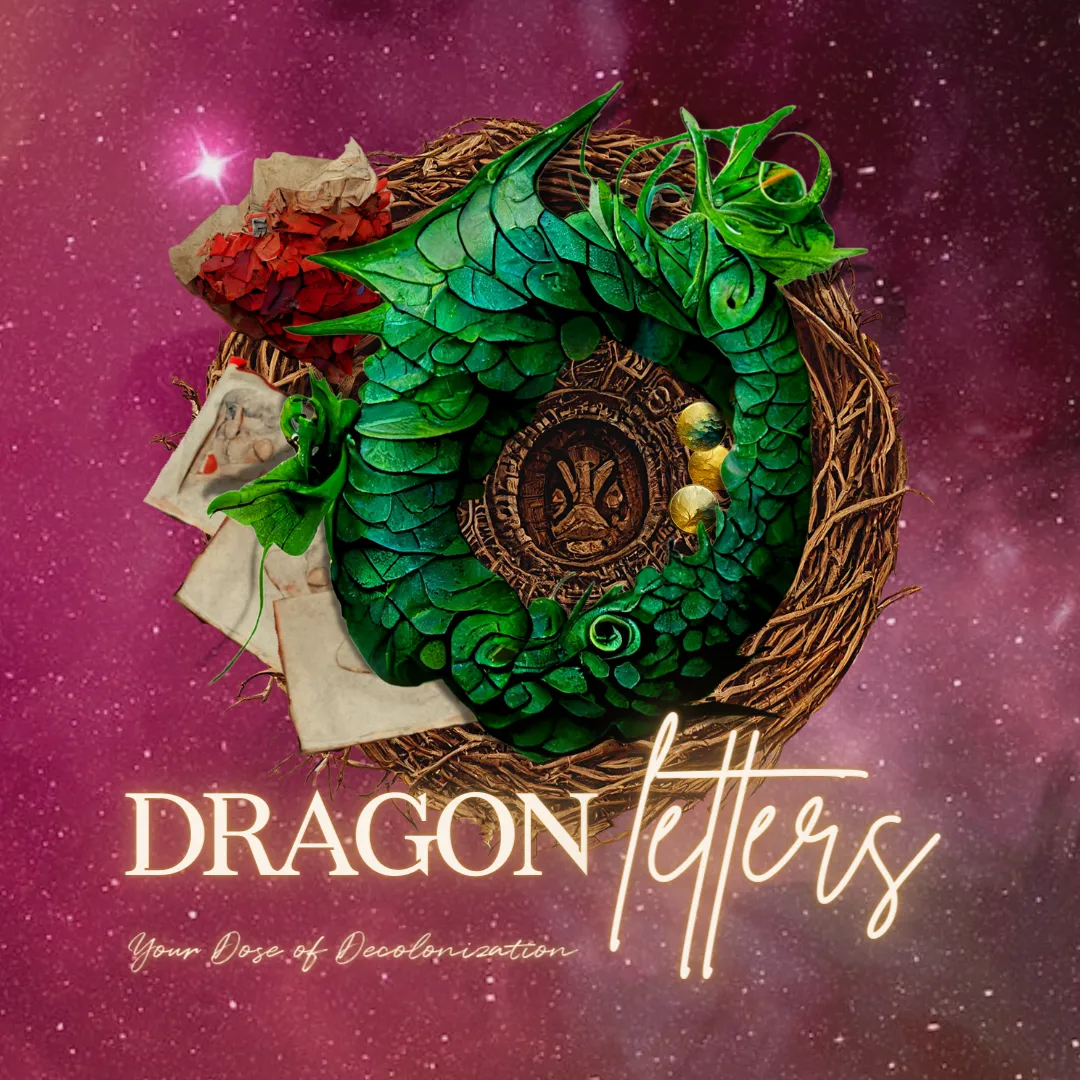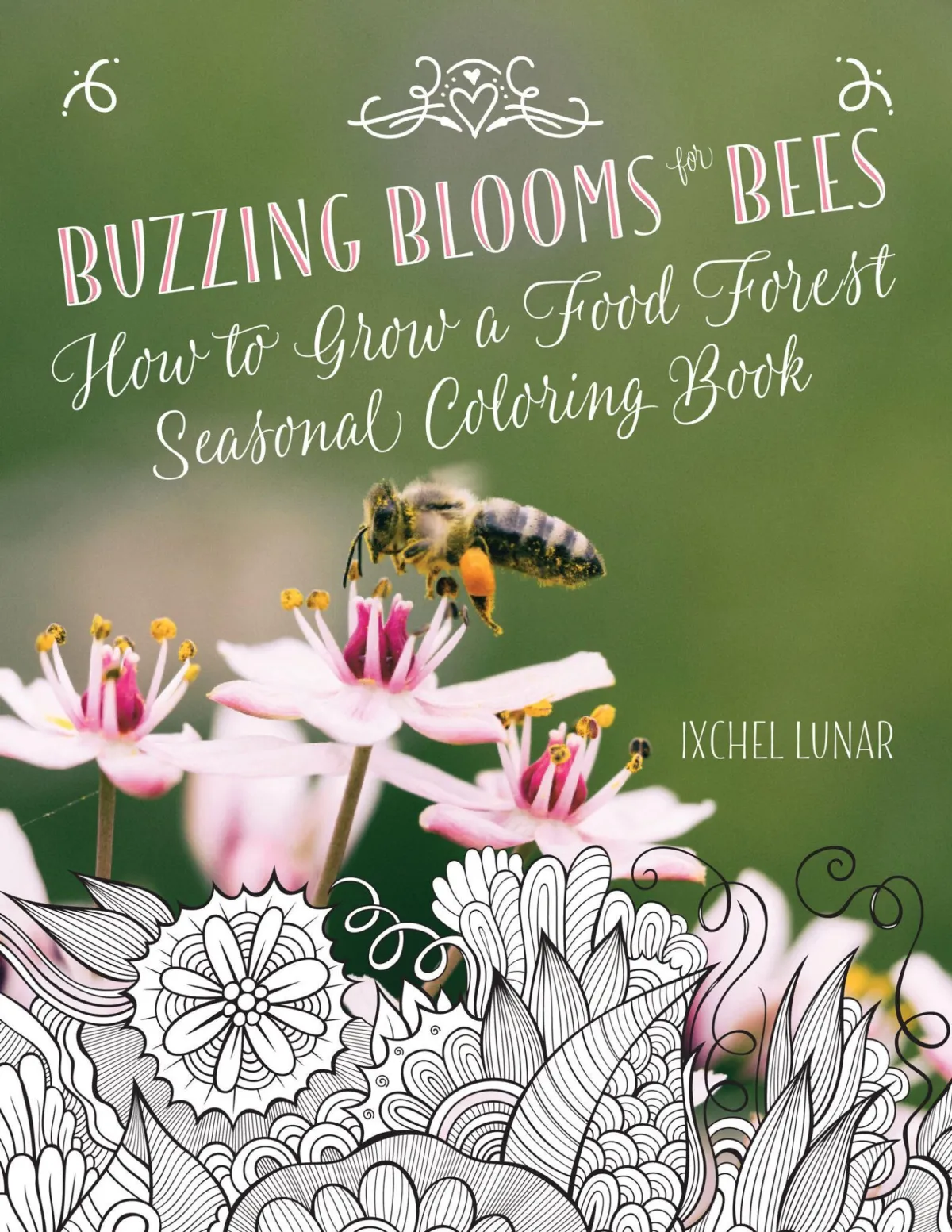Re-Indigenize by Letting your garden grow itself...
Plant a Food Forest.
Permaculture plant guilds combine three or more plants to mirror an ecosystem — producing food, building soil health, and providing food for pollinators.
An Introduction and Guidebook
to Plant Guilds:
Permaculture plant guilds combines three or more plants to mirror an ecosystem — producing food, building soil health, and providing food for pollinators.
This beautiful e-book from Ixchel, contains over 60 plants with their functions in a layered food forest, several nature-inspired zentangle coloring pages, and how-tos on planting a bee-friendly garden to provide nectar for pollinators year round.
BONUS: Our Grow Your Green Smoothie Recipe with easy to grow ingredients to inspire good health.
High fives to you for being a bee hero! By planting flowering plants loaded with juicy nectar you’re helping pollinators struggling from:
Climate chaos heating up hives
Fearful neighbors who exterminate instead of relocating a swarm
Pesticides (need I say more?)
Bees are especially attracted to large areas of specific species of blooms, so plant as much as you can! When bees find these “flower shops” in your garden, they return to the hive, doing their sweet little bee dance to direct their sisters to the luscious find.
Our global plant list includes plants that are easy to find for your region. The ones marked medicinal provide medicine for people, but also for bees. They store this potent pollen in a medicine cabinet for when they get sick. Bees are an amazing super-organism!
Our plant list also shows what layer of a food forest it lives and its role or functions, like fertilizing, protecting soil, or plant dyes.
When you create a food forest that uses plants in a variety of ways, that’s called stacking functions. It’s a core
permaculture principle we teach in our Food Forest Course. Stacking functions makes the garden grow itself, giving you more time to chill and enjoy your space and more yield.
This guide will help you create plant guilds in a food forest too. A plant guild combines three or more plants to mirror the qualities of an ecosystem. You can produce food, build healthy soil, and provide forage for pollinators all at the same time!




